7 Richest States in the U.S. — and How Much It Costs To Live in Each

There is no shortage of states in the U.S. that tout costs of living that are higher than the national average.
Discover More: Cheapest Places To Buy a Home in Every State
Read Next: Become a Real Estate Investor for Just $1K Using This Bezos-Backed Startup
States that are particularly unaffordable may be so for a few reasons, including supply and demand (there is a serious housing shortage across the country) and the cost of gasoline, which is more expensive to import in some states than others.
And yet, the cost of living in a state isn’t always tied to how much wealth a state has. States generate wealth based on their respective economies, and their robustness (or lack thereof).
A blog by The USA Leaders revealed the 7 richest states in America, highlighting the key factors driving each state’s respective wealth, along with GDP per capita and population. GOBankingRates then looked at how much it costs to live in each of these states (relative to the national average), using data from RentCafe.
Here’s a quick breakdown of the results along with just how expensive each state is compared to the national average.

Ohio
GDP in 2024: $872.748 billion
GDP per capita: $74,050
Population: 11.73 million
Key factors driving wealth: Manufacturing, trade, healthcare and education
Cost of living: 8% lower than the national average
Check Out: 10 Fastest-Cooling Housing Markets in the U.S. — 6 Are in Florida
Be Aware: 7 Worst States To Buy Property in the Next 5 Years, According to Real Estate Agents
Wealthy people know the best money secrets. Learn how to copy them.
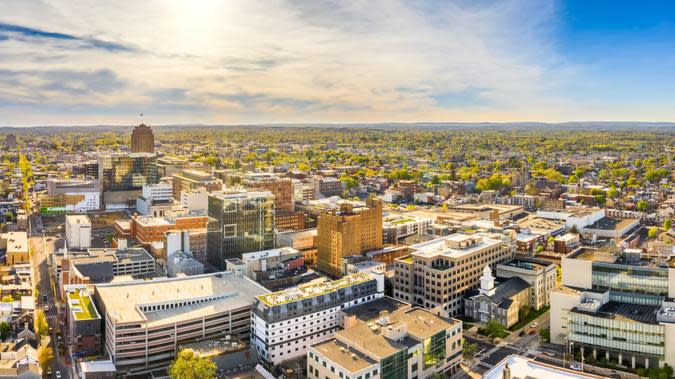
Pennsylvania
GDP: $965.067 billion
GDP per capita: $74,450
Population: 12.96 million
Key factors driving wealth: Manufacturing, financial services, healthcare and education
Cost of living: 4% lower than the national average
Trending Now: Housing Market 2024: Home Prices Are Plummeting in 10 Formerly Overpriced Housing Markets

Illinois
GDP: $1,082.968 billion
GDP per capita: $86,290
Population: 12.47 million
Key factors driving wealth: Financial services, real estate, information technology and manufacturing
Cost of living: 8% lower than the national average
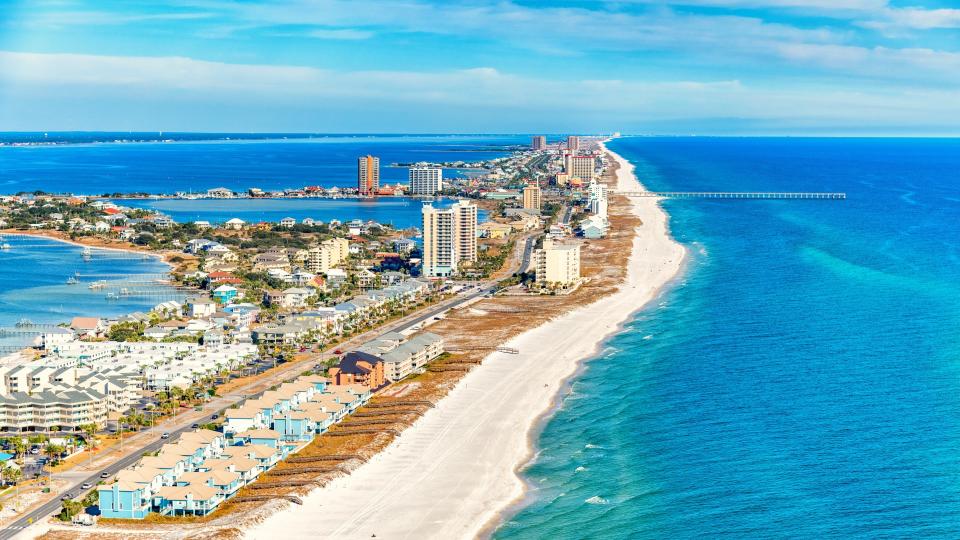
Florida
GDP: $1,579.503 billion
GDP per capita: $69,860
Population: 19.795 million
Key factors driving wealth: Trade, real estate and agriculture
Cost of living: 2% lower than the national average
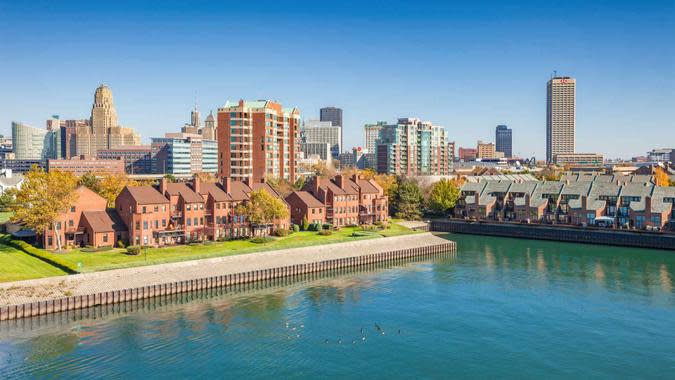
New York
GDP: $1,579.503 billion
GDP per capita: $109,970
Population: 19.795 million
Key factors driving wealth: Financial services and information technology
Cost of living: 27% higher than the national average
For You: 20 Best Cities Where You Can Buy a House for Under $100K
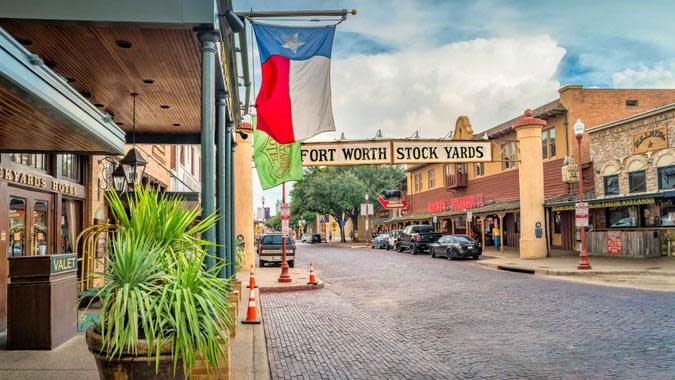
Texas
GDP: $2,563.508 billion
GDP per capita: $84,040
Population: 30.3 million
Key factors driving wealth: Oil and gas, trade, manufacturing and information technology
Cost of living: 7% lower than the national average
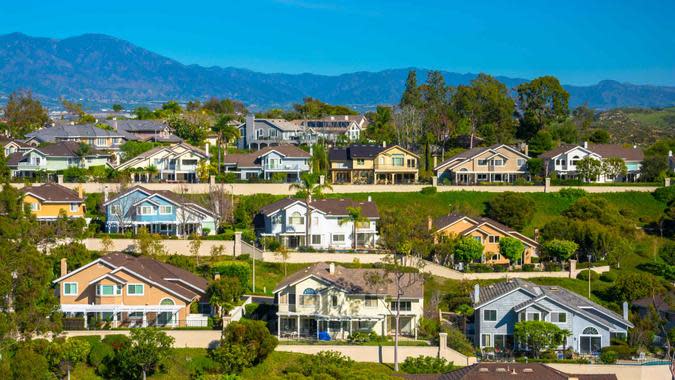
California
GDP: $3,862.171 billion
GDP per capita: $99,120
Population: 38.9 million
Key factors driving wealth: Financial services, real estate, information technology and manufacturing
Cost of living: 38% higher than the national average
More From GOBankingRates
This article originally appeared on GOBankingRates.com: 7 Richest States in the U.S. — and How Much It Costs To Live in Each

 Yahoo Finance
Yahoo Finance 